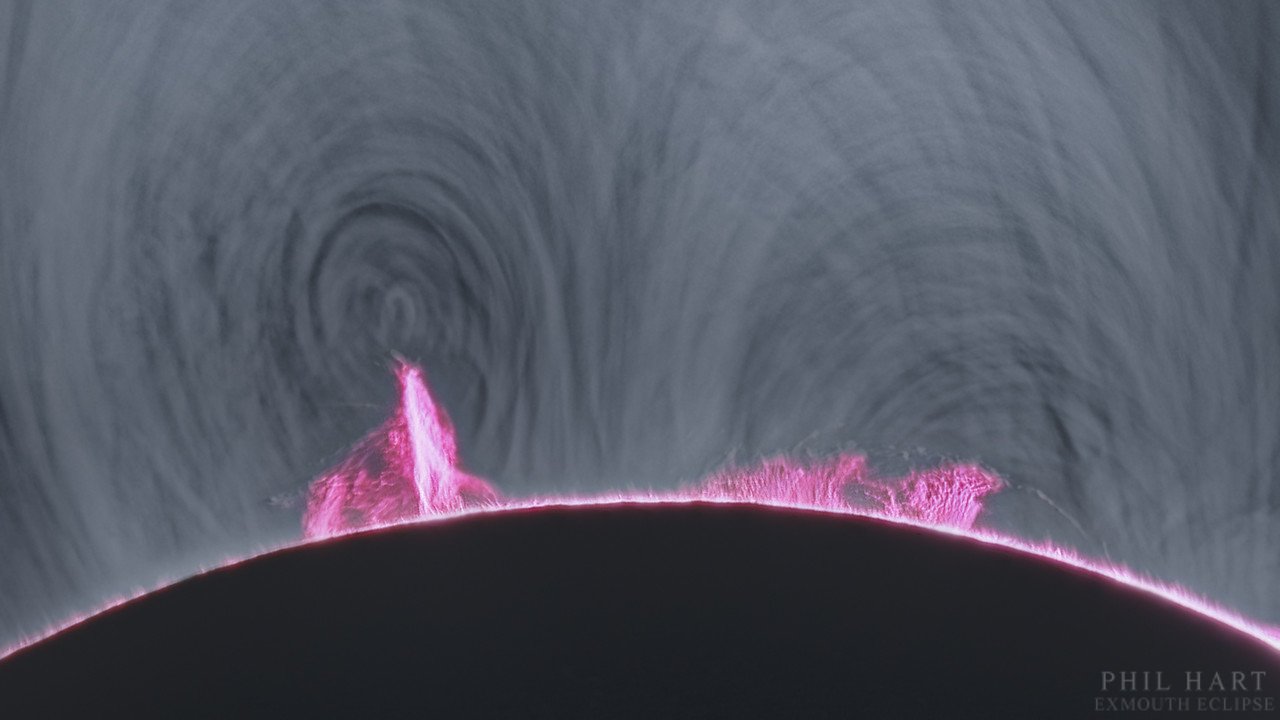158 – Total Solar Eclipse Map (2001-2025)
If you want to witness a total solar eclipse and you live in Europe, you’re out of luck until at least 2026. Unless you live in one of a few of Europe’s geographical extremities (i.e. the Faeroe Islands, Spitsbergen, Nova Zembla, Abkhazia and other parts of eastern Georgia or the southern part of Russia), the astronomical phenomenon will pass you by.
North Americans are in a bit more luck: on August 21, 2017, a solar eclipse will culminate in the sky close to Memphis, Tennessee. And on April 8, 2024, an eclipse will be visible in a band stretching from Maine to Mexico.
South America will have three solar eclipses. On July 11, 2010 and again on July 2, 2019, eclipses will be visible across two different bands of Chile and Argentina. The third one will culminate over Patagonia on December 14, 2020. Oh, and there is a small strip of Brazil that witnessed the very beginning of an eclipse culminating faraway over the Libyan-Chadian border on March 29, 2006.
Apart from that previous one, Africa witnessed two more eclipses, both over the southern part of the continent, in 2001 and 2002. But none until at least 2026.
Small areas in Australia’s Northern Territory and the state of Queensland will observe an eclipse on November 13, 2012.
In Asia, bands of darkness will travel across Indonesia on March 9, 2016, China, India, Eastern Nepal, Northern Bangladesh and the Himalayan kingdom of Bhutan on July 2009 and China, Mongolia, the eastern tip of Kazakhstan and Siberia on August 8, 2008. That last one will culminate near the lands where the aboriginal Nenets tribe live. If you’re their shaman, you might want to note that date in your diary, and prepare a good speech.
Total solar eclipses occur when the Moon passes between the Earth and the Sun, obscuring the sunlight and leaving visible only a much fainter corona. This ´totality´is only ever visible in a narrow bands of the Earth´s surface, as this map demonstrates. Interestingly, the shape of those bands bends with their relative position on the map – from slight curves close to the equator to almost circular nearer the pole.
Don´t think that the Sun (and Moon) behave differently over different parts of the globe: it´s the globe that gets distorted when it gets stretched out over a flat map surface, especially over the polar areas.
This world map of solar eclipses from 2001 to 2025 was sent to me by Derek Jensen, and originates here at the NASA website.






